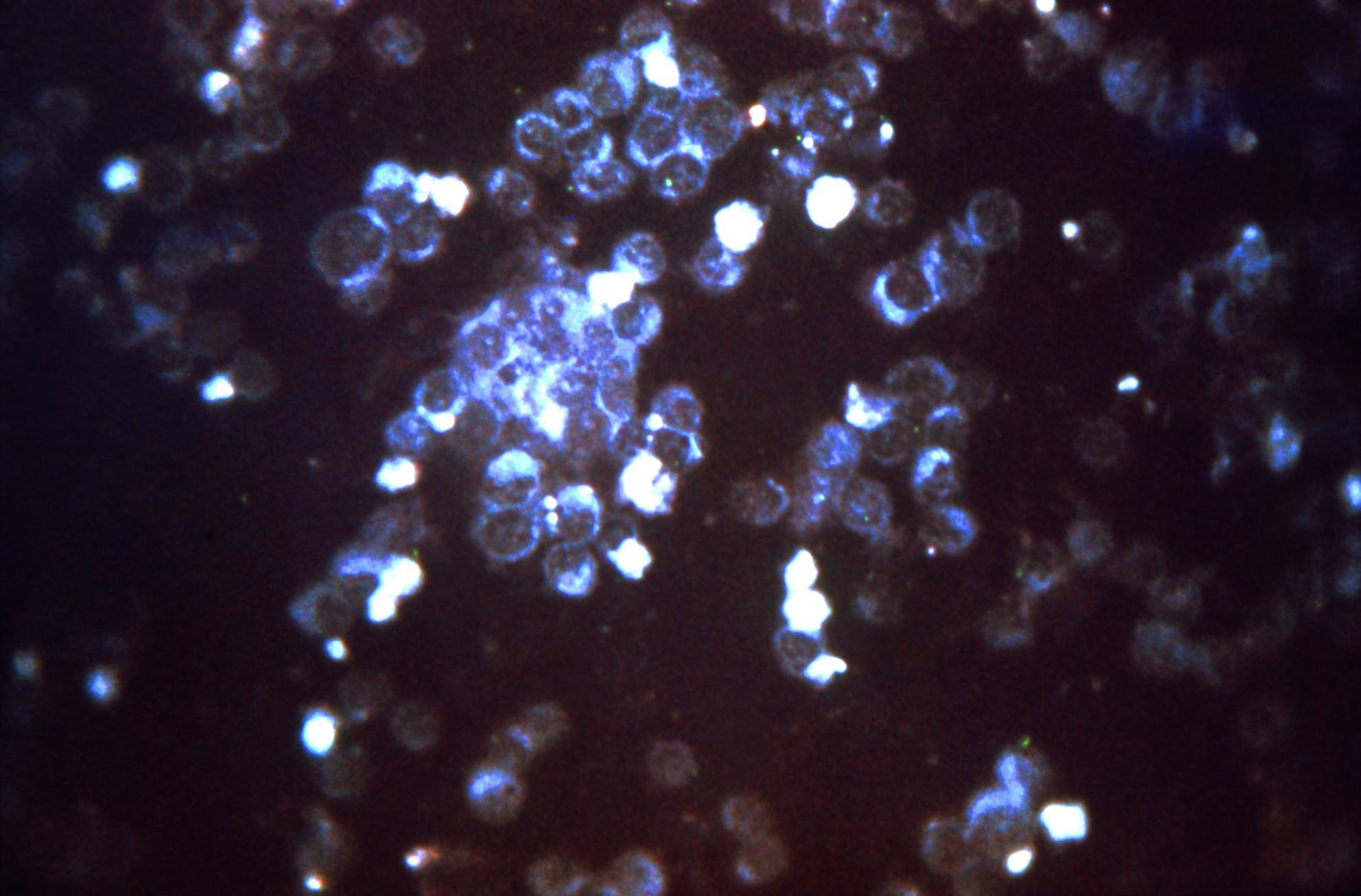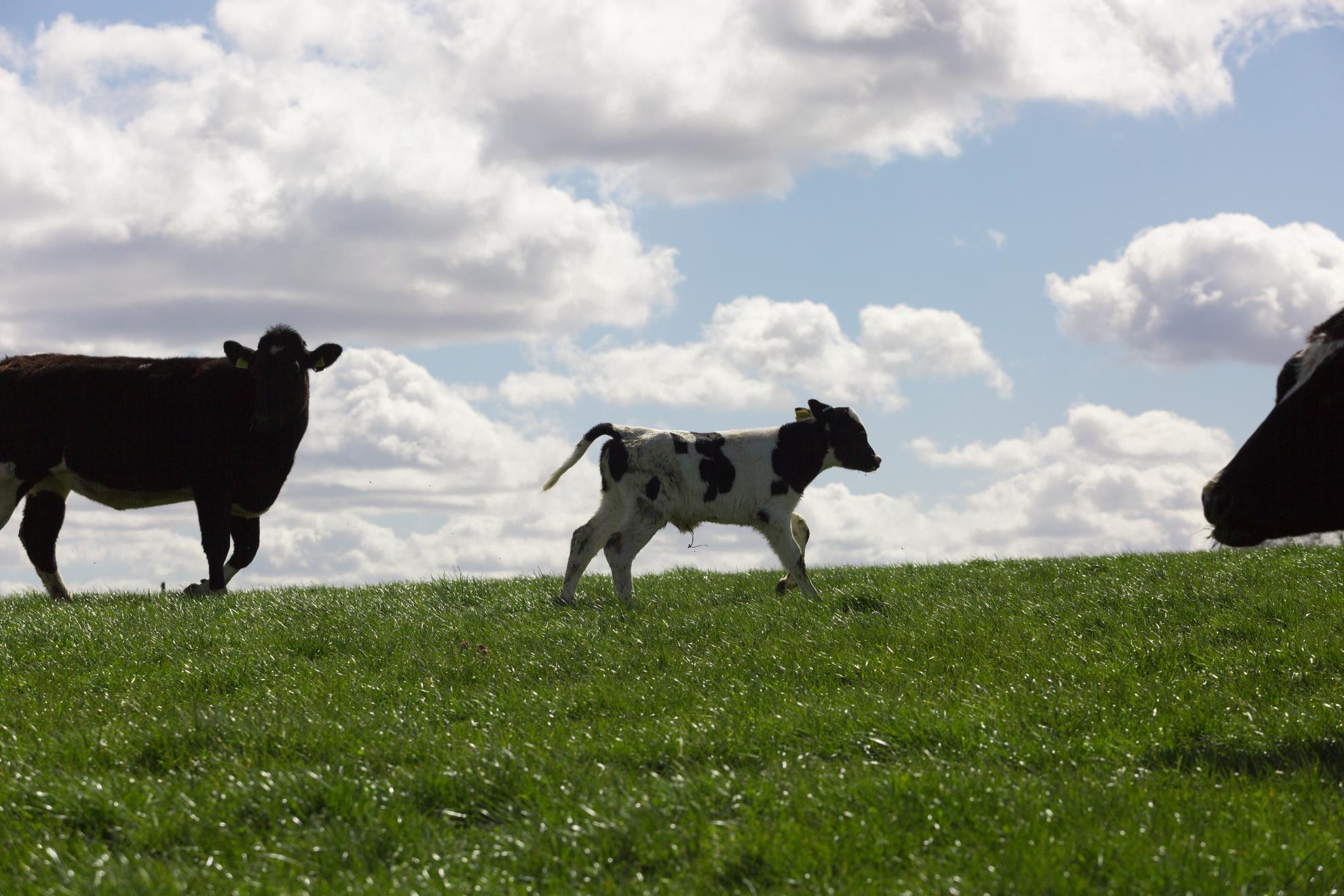Bovine respiratory syncytial virus (BRSV) is a respiratory virus that infects mainly cattle, but can also infect sheep and goats.
BRSV causes bovine respiratory disease and is also a component of the bovine respiratory disease complex.
The virus is spread by infected animal aerosols, direct contact and transmission through objects (fomites). In outbreaks, infection rate is high, but the fatality rate can be 0–20%.
BRSV is the leading viral cause of respiratory illness in young calves in the UK, impacting around 1.9 million calves annually and costing approximately £54 million.
The virus is prevalent worldwide and poses a substantial economic burden on both beef and dairy producers.
Clinical signs
The severity of BRSV infection can vary widely, from causing fatal disease to presenting no clinical signs.
Infected animals are also more susceptible to secondary infections as BRSV weakens the immune system, allowing normally harmless bacteria to cause illness.
- Watery to thick mucus from nose/eyes
- Increased temperature
- Increased breathing rate with open mouth
- Decreased appetite
- Appear depressed
- Reduced milk production
- Dry cough and difficulty breathing
- Frothy saliva
- Trouble drinking
Virology
BRSV is a single stranded RNA virus that is taxonomically classified within the Pneumoviridae family of viruses.
It is closely related to human RSV.
Pirbright's research on bovine respiratory syncytial virus
At Pirbright we are working to improve our understanding of the basic molecular biology of bovine RSV, and a relative called human RSV, which infects people.
Recently we have shown that RSV viruses can sequester cellular proteins to their replication factories to help hijack the cell and favour viral replication. This information can be used to understand why RSV causes disease and how we can counteract it with therapeutics.


